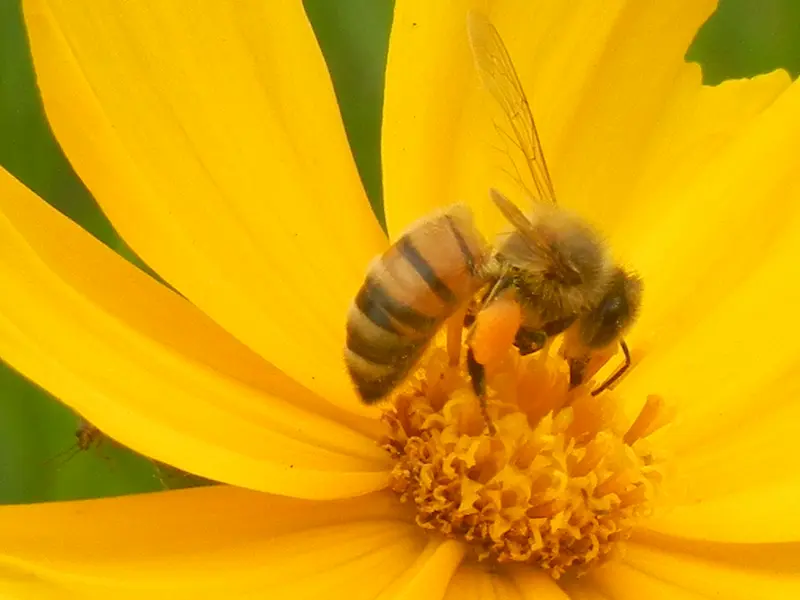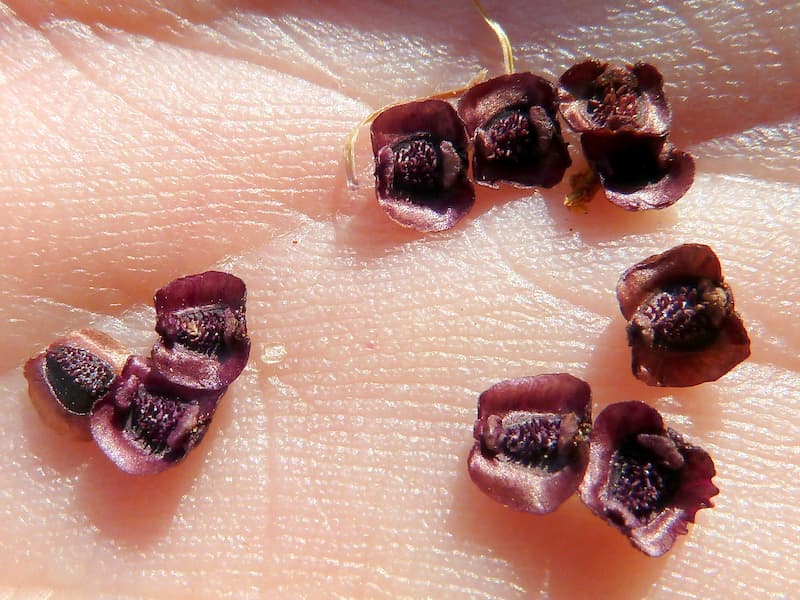Your cart is currently empty!
Prevent Black Spot On Roses
Roses are especially susceptible to Black Spot malady when the weather is hot and humid and nights are damp and cool. Find how to treat them.
Your cart is currently empty!
Lanceleaf Tickseed is popular and ideal for the garden, outdoor pots and containers. It has bright yellow spring daisy-like blooms that bloom from spring to early summer on thin, upright stalks. This plant grows in grasslands and meadows. It grows quickly and thrives in a sunny, dry setting. Bees, birds and butterflies are drawn to them, all coreopsis species are considered excellent sources of honey by beekeepers.
Lance-leaved tickseed is the common name for Coreopsis lanceolate, an aster family flower plant native to North America. It is native to the southern Appalachian states of North Carolina, South Carolina, Tennessee, and Georgia. It may also be found in a number of locations in Canada and Mexico.
Botanical Name: Coreopsis lanceolata
Also Called: Lanceleaf tickseed , Lance-Leaved Coreopsis, Tickseed Coreopsis, Sand Coreopsis
En français: Coréopsis lancéolé
See More Plants in this Botanical Family:
Colour:
Sun / Shade:
Water: Drought tolerant
Soil:
Height:
Width:
Pollinators:
Care:

Once established, Tickseed requires little maintenance and is drought-resistant. Maintain moist soil and prevent weed growth by mulching plants with bark mulch. It is extremely crucial that the soil be well-drained during periods of wet summer weather, or the plant will develop crown rot. Well-drained soil brings out the best in Coreopsis, especially in full sun. There are no soil requirements for Coreopsis, and it will exuberantly bloom in various conditions.
It surely depends on the variety and where it is grown, whether tickseed is a perennial or an annual. Warm weather is ideal for these plants, but most types can be grown in USDA Hardiness Zones 4–9.
Deadheading spent flowers helps to control self-seeding and encourages more blooming. Remove any sprawling or unkempt foliage. To maintain robustness, division may be required every 2-3 years. If they get excessively sprawling, they can be severely pruned.
Tickseed seeds can be purchased or collected from plants in your garden. It is simplest to gather them by pinching off the dead flowers and drying them in a dark, cold spot. When the seeds begin to rattle inside the dead bloom when shaken, it is time to plant them.
Coreopsis is commonly called Tickseed because many think the seed looks like ticks.

This is a low maintenance, drought-tolerant, long-blooming and cheerful plants for a flower border or a filler. A good choice to plant on borders, effective in naturalized areas, native plant gardens, cottage gardens, rock gardens, prairies and meadows.. Good plant for areas with poor, dry soils.
Many blooming plants may be used as companion plants, however we recommend combining with your favourite colours.
Plant in early spring when the risk of frost has passed. Annuals will bloom in the first year, whereas perennials won’t bloom until the second year. They prefer full sun and well-drained soils. To plant using seeds, start the seeds indoors roughly 6 to 8 weeks before the last frost date. Plant about 1/2 inch deep and place in sunlight. They will need to be acclimatized to the outdoors for a week or two.
This flowering plant has similar blooms to daisies and is useful in cut flower arrangements, border plantings, and cutting gardens. Depending on the cultivar, Tickseed can be edible or medicinal and comes in various colors and sizes.
The coreopsis plant, along with cats, is safe for dogs, birds, horses, and people to consume. For gardeners, this makes it an intriguing flower species. There are no hairs or spikes on their smooth, slender stems. It is deer resistant.
The roots of these plants spread quickly as well as the seeds, forming creeping clumps that can reach around 2 to 3 feet in height when in bloom. Working a shovel under the root ball of the parent tickseed plant, dig around that plant. When the plant feels loose from the ground, carefully remove the root from the root hole. Afterward, separate the root from the large clump on the plant into tinier pieces that can be planted.
Lift the plant upward and remove the plant out of the hole. Carefully separate the large clump into smaller pieces. You can use a sharp knife if the tickseed clump does not break up easily. If possible, make sure that every section of the cluster has roots.
Tickseed are relatively disease and pest free, but can be inhabited by slugs during moist seasons. Simply ensure quality air flow to divert this pest.
Coreopsis, meanning “always cheerful” was used by Natives to make dyes. It was also boiled into teas before the invention of coffee.
Logging in to comment gives you more features, but it is not required.
Roses are especially susceptible to Black Spot malady when the weather is hot and humid and nights are damp and cool. Find how to treat them.
Dense Blazing Star has purple wands of packed blooms that face all directions and bloom from the top of the stem down from midsummer to fall.
It’s time to start vegetables for early spring planting. You can sow cool season crops as soon as the soil temperature is at or above 5ºC.
Create your own gorgeous arrangements with minimal effort with container gardening! Learn how you can get started, what you need and the benefits it can bring. See our guide on how to get growing today.
Magnesium deficiency in plants can be identified most commonly by yellowing leaves while the veins remain green.
Hibiscus are hardy perennials, while others are annuals, shrubs, or tropical plants. Hibiscus plants are grown for a variety of uses.
GardeningCalendar.ca gets some funding from advertisers. If you click on links and advertisements at no cost to you, the site may receive a small commission that helps fund its operation.
© 2025 J&S Calendars Ltd.